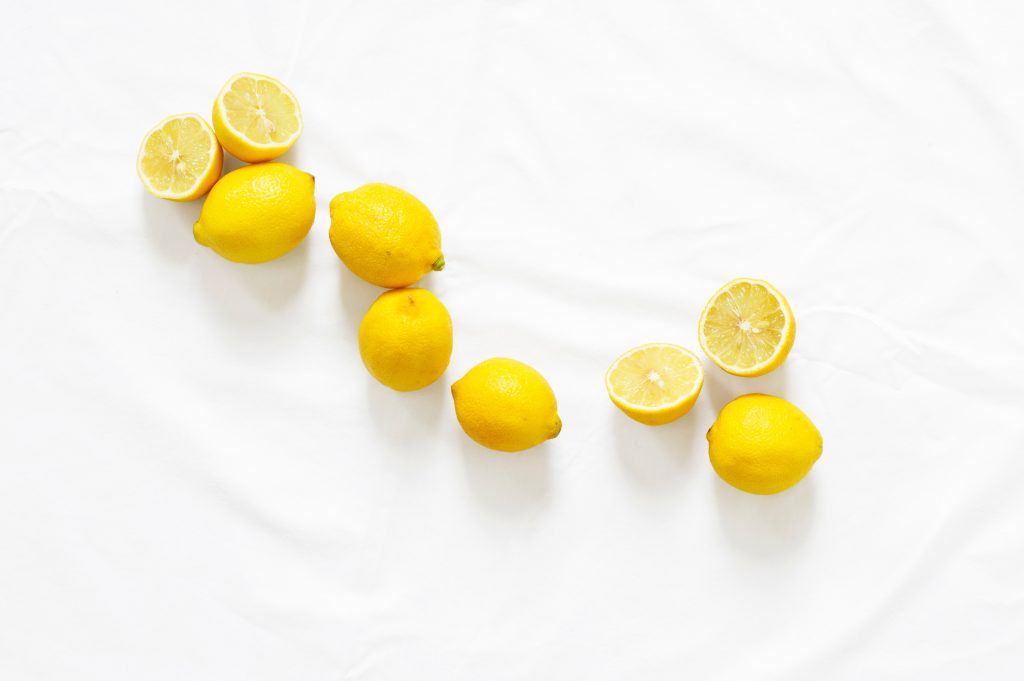
If you already have leather furniture or you’re wondering whether to make the investment, here’s some advice on keeping leather furniture looking sleek and in great condition. It’s actually a lot less scary than you think!
Soft and gentle
Leather furniture doesn’t actually need as much cleaning as fabric sofas and chairs. Where you’ll be regularly hoovering all the gaps and beating the cushions of a fabric sofa to remove crumbs and dust, all a leather one needs is a weekly dusting with a soft cloth. Give the whole thing a vacuum once in a while, but make sure you use an attachment with a soft brush.
Stick to microfibre
We love a microfibre cloth for most of our cleaning duties (you’ll see our team equipped with plenty of them in their cleaning armoury!) and once again they’re the ideal solution for wiping down leather furniture. Just a little water is all you need so that the cloth is damp but not wet. They’re tough enough to pick up any dirt, but still gentle enough to use on leather.
Natural solutions
Once in a while you might feel that your furniture needs freshening up. To keep your furniture in great condition use a mix of water and white vinegar in equal parts. After you’ve dusted and wiped away any crumbs, dip your microfibre cloth in the mixture (giving it a good squeeze to make sure it’s not sodden) and wipe over the surface of the leather. It’s best to test this first in a small inconspicuous spot before going over the whole piece. Dry the leather thoroughly with a soft and clean towel before replacing cushions or using again.
Restoring the shine
There are different kinds of leather, so this entirely depends upon what you have, but if you want to rehydrate the surface of your furniture and return the shine then use a natural solution of 1 part white vinegar to 2 parts of linseed oil. Gently rub this onto the surface using a fresh microfibre cloth and leave overnight. The next day, buff the leather with a clean and soft cloth to restore the shine to the surface.
Staining situations
As with everything, try to tackle a stain as quickly as you can, but don’t panic! There’s usually a way to remove it, or at least improve it.
Liquids
For spilt liquids make sure to soak up as much as you can by laying some kitchen roll or a clean cloth over the top. Blot the area, but don’t rub it as you may damage the leather. If a water mark is still visible after drying, try the gentle routine above with the equal parts of vinegar and water every so often for a few weeks and hopefully the stain should fade. For darker stains like red wine and ink, you may need to contact the manufacturer of your furniture.
Oils and grease
Again try to blot as much of the oil up as you can, kitchen towel is ideal for this but you could use other tissues or an absorbent clean cloth. Once you have taken up as much as you can, cover the stain with bicarbonate of soda or talcum powder, leave for a couple of minutes then brush away with a soft brush. You may need to do this a few times. Again, if the stain is not improving then you may need to get in touch with the manufacturer.
N.B. These are general tips for gentle cleaning of leather furniture. Please refer to the advice given by your manufacturer in the first instance and try any new cleaning techniques on a small area as a test of how the leather reacts.






